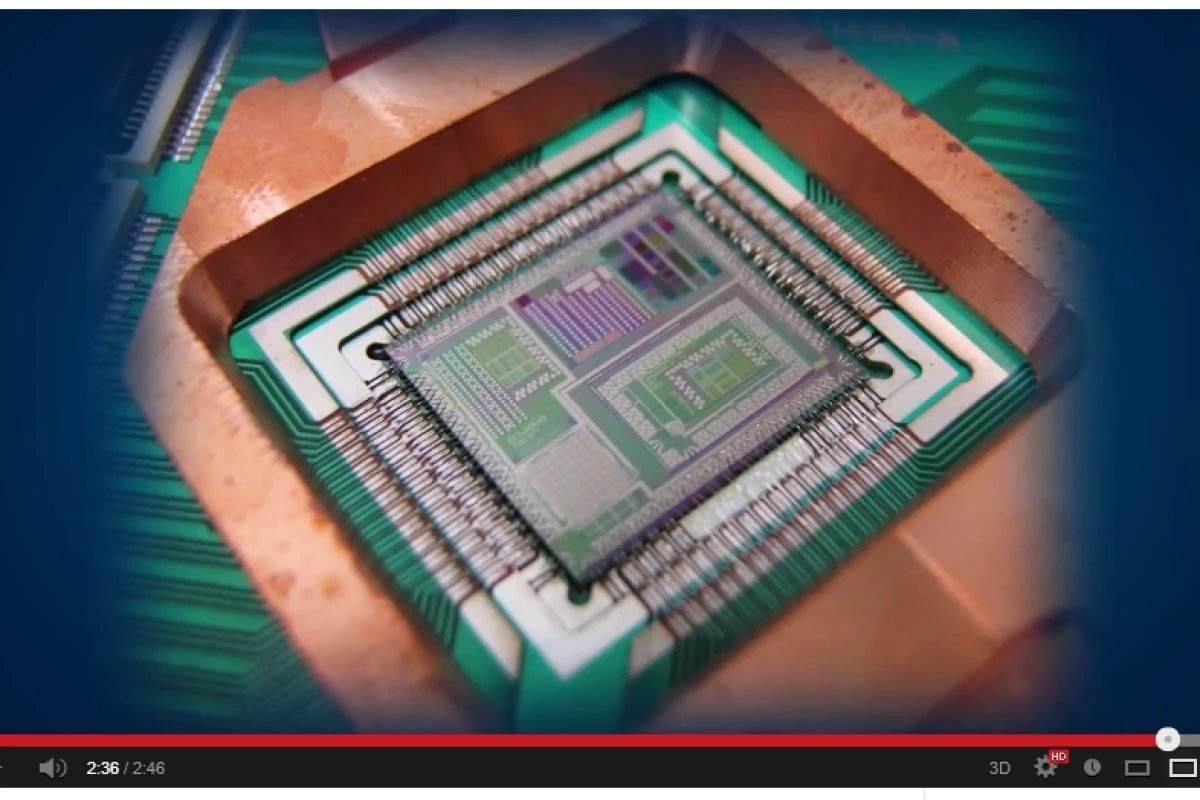There have been years of controversy about whether the superconducting quantum annealing computers manufactured by D-Wave are a) quantum computers; and b) fast enough for a) to matter. Now a test of the 512-qubit Vesuvius chip establishes at least that computing based on quantum annealing is, in the words of a computer science professor at Amherst College, "in some cases, really, really fast."
Comparing apples and fish
Professor Catherine McGeoch is an expert on the sometimes obscure difficulties that crop up when evaluating and comparing different types of computing performance. To prepare a study that would compare the performance of a classical computer against that of a quantum computer, McGeoch had to learn the principles, quirks, and foibles of adiabatic quantum computing, of which quantum annealing is a special form. "It’s such a whole different approach to computation that you have to wrap your head around this new way of doing things in order to decide how to evaluate it." said Prof. McGeoch. "It’s like comparing apples and oranges, or apples and fish, and the difficulty was coming up with experiments and analyses that allowed you to say you’d compared things properly. It definitely was the oddest set of problems I've ever coped with.”

McGeoch was testing a D-Wave Vesuvius chip about the size of a thumbnail possessing 512 qubits (439 of which were operational – not too bad for the fifth chip of this type.) The D-Wave chip operates at only 20 milliKelvin above absolute zero – the low operating temperature is required to avoid having thermal fluctuations swamp quantum processing (and could limit its mass market appeal).
The basic structure of the chip is designed to model Ising spin models. This is a particularly simple choice operationally, and offers the advantage that a huge number of interesting problems can be mapped onto an Ising spin model.
The classical computer used for most tests was powered by a cluster of seven Intel Xeon E5-2609 processors running at 2.4 GHz. Comparing to Linpack benchmark results from massively parallel computers using similar processors, the D-Wave Vesuvius chip obtained a (very approximate) Linpack rating of 420 GFlops.
Put to the test
Three fundamentally hard computational problems were chosen to test the speed of the D-Wave computer, which all have similarities to the Traveling Salesman Problem (TSP).

The TSP involves a salesman who has a number of cities where he must sell his goods. Being an efficient sort, he wants to plan his sales trip so that he only goes to each city once, and also wants to drive as few miles as possible. Planning the sales trip is the TSP. It is an NP-complete (nondeterministic polynomial time) problem, meaning that there is no simple way of generating an optimum solution. On classical computers, rather simple sets of cities can require billions or trillions of hours of computation to find the true minimum solution. However, the TSP is a natural to be solved by quantum annealing.
How did the D-Wave computer do on the tests? On the largest problem sizes tested, the V5 chip found optimal solutions in less than half a second, while the best classical software solver required 30 minutes to find those same solutions. This makes the D-Wave computer over 3,600 times faster than the classical computer in these tests.
This puts the effective speed of the D-Wave quantum computer on this class of problems at roughly the same as the tenth ranked supercomputer in the world as per the November 2012 Top500 list – the IBM/DARPS Trial Subset, with 63,360 64-bit cores that produce a maximum floating point performance of 1.5 petaFlops. The comparison shouldn't be taken too seriously, but suggests that the 439 qubits of the D-Wave computer can solve such problems as quickly as do huge massively parallel supercomputers.
Prof. McGeoch has also done some preliminary tests on the sixth Vesuvius chip (having 503 good qubits), and is finding performance figures of about 5 petaFlops, which is about three times the computational speed of the 439 good qubits chip. This would push the D-Wave up to fifth position.
The question remains, just how useful is D-Wave's chip? Its current approach to quantum computing is focused tightly on problems that map nicely onto an Ising model. However, it is known that adiabatic quantum computing can efficiently reproduce any computation of which a more conventional quantum gate computer is capable. Such reproduction is not trivial, but offers some hope that the D-Wave approach may in time address wider applications.
The video below provides a close look at the structure of the D-Wave chips and how the number of qubits on a chip is outpacing Moore's Law.
Source: Amherst College and D-Wave Systems






